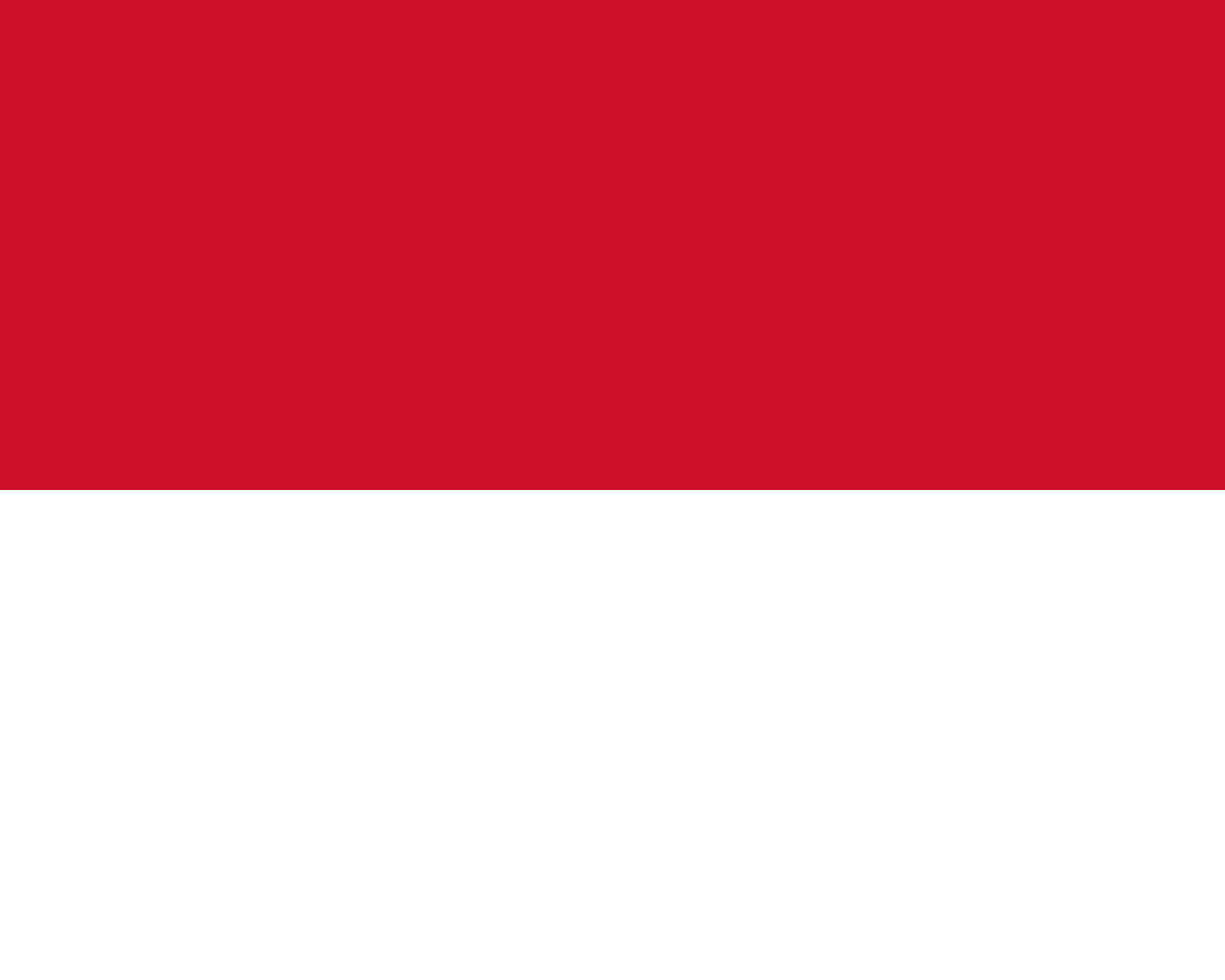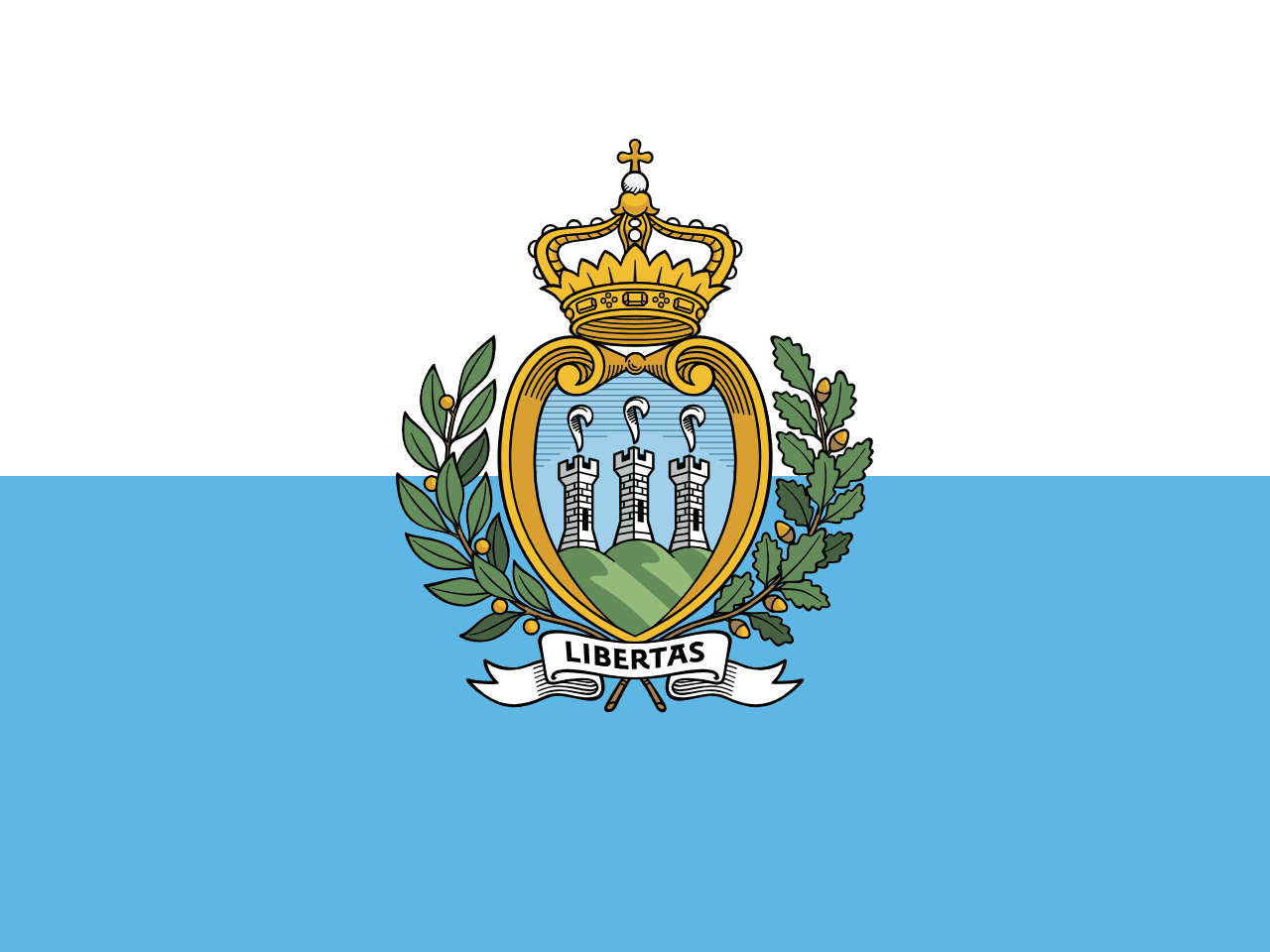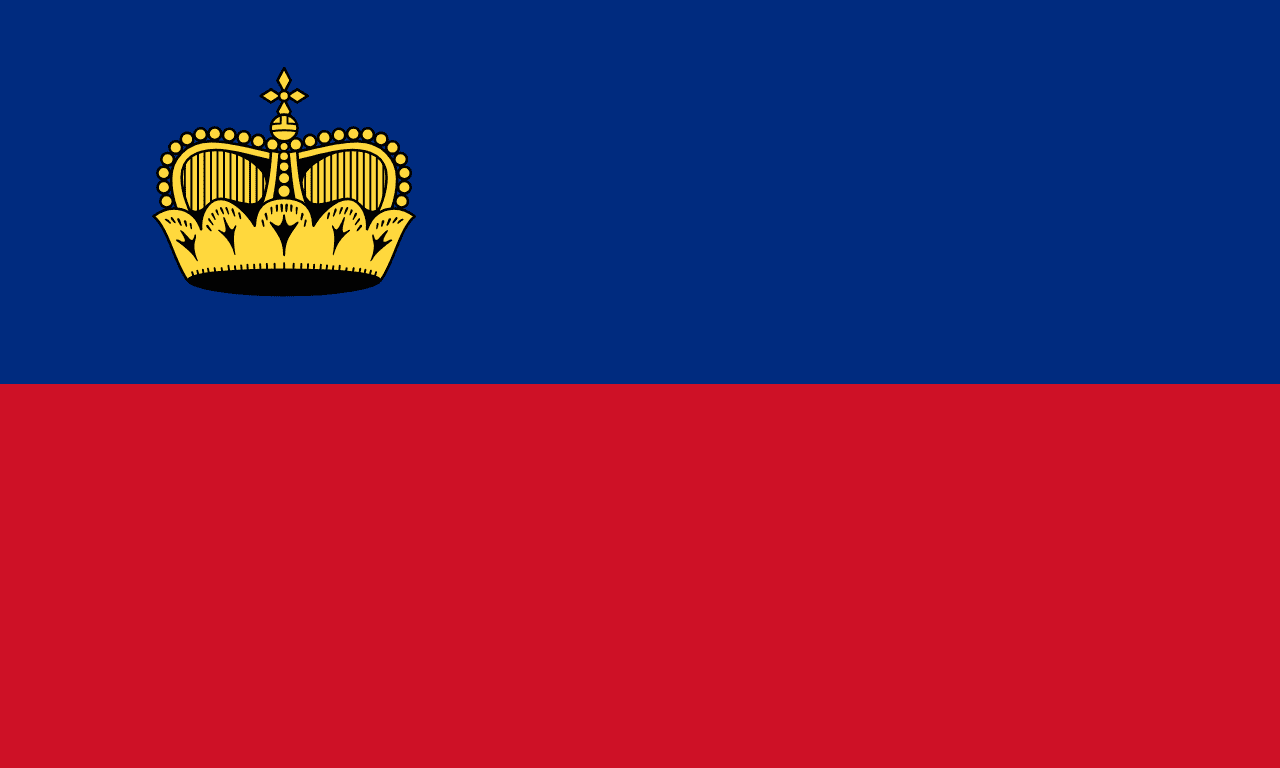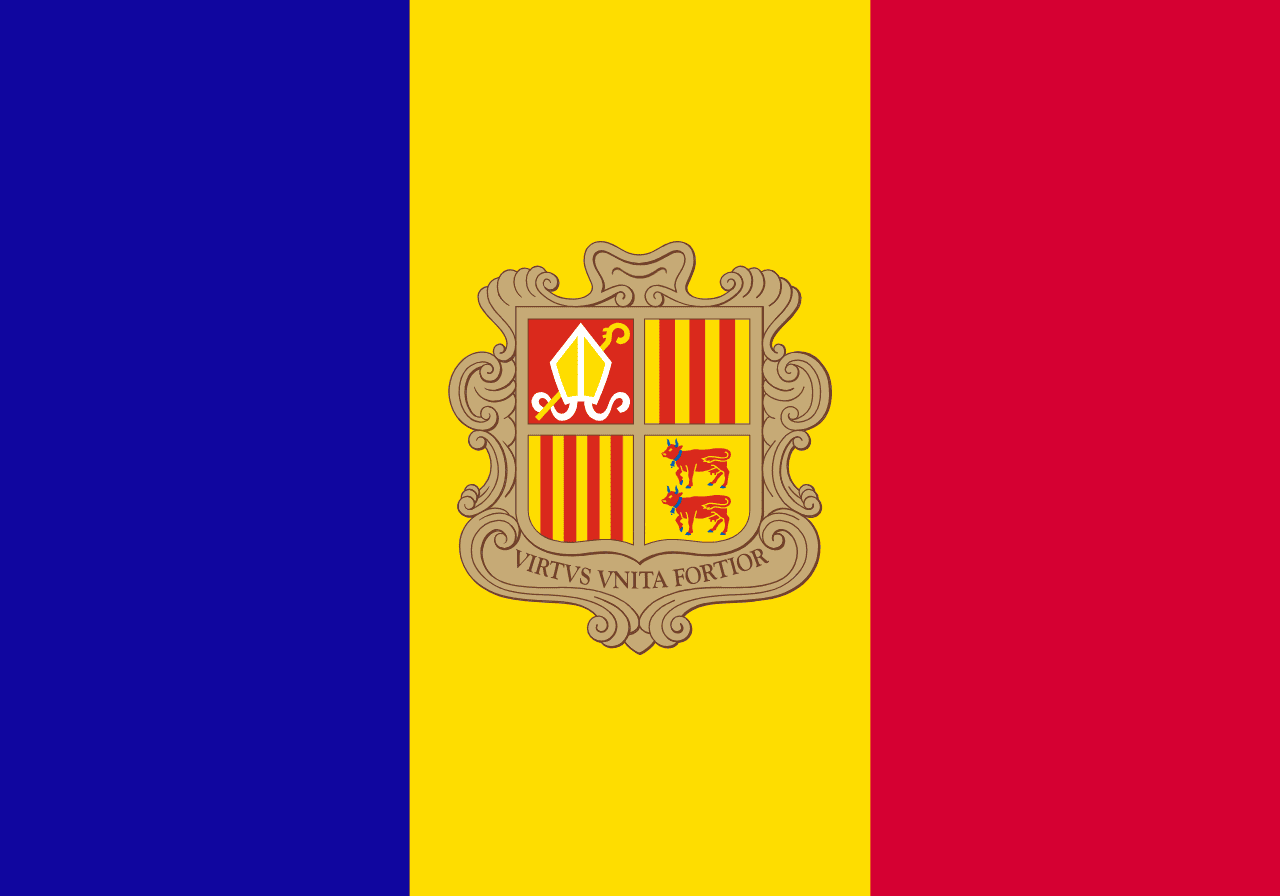Monaco Flag Meaning
Two horizontal stripes of red and white derived from the heraldic colors of the House of Grimaldi, representing one of the world's smallest sovereign states and oldest ruling dynasties.
- Continent
- Europe
- Adopted
- 1881
- Ratio
- 4:5
- Colors
- red, white

Symbolism
Red Stripe: Represents the red field from the coat of arms of the House of Grimaldi, Monaco's ruling family since 1297, symbolizing strength, courage, and the enduring power of the princely dynasty.
White Stripe: Represents the white diamond pattern (fusilly) from the Grimaldi heraldic shield, symbolizing purity, peace, and the honorable intentions of Monaco's rulers throughout history.
Horizontal Design: The simple horizontal arrangement reflects Monaco's practical maritime heritage and the clear, uncluttered approach to governance that has allowed this tiny state to thrive for centuries.
Grimaldi Colors: Both colors directly derive from the medieval coat of arms of the Grimaldi family, connecting the modern principality to its 700+ year ruling dynasty and feudal origins.
Simplicity: The minimalist design reflects Monaco's sophisticated approach to diplomacy and governance, achieving maximum recognition and influence with elegant simplicity.
History
- 1215: The Grimaldi family first appeared in Genoese records, establishing the heraldic red and white colors that would eventually become the basis for Monaco's flag centuries later.
- 1297: François Grimaldi captured the fortress of Monaco through deception, beginning the Grimaldi dynasty's rule that continues today, making it the world's oldest ruling dynasty.
- 1633: Monaco became a protectorate of France under the Treaty of Péronne, establishing the relationship that continues today while maintaining Monégasque sovereignty.
- 1861: The Treaty of Franco-Monégasque Friendship confirmed Monaco's independence under French protection, necessitating the development of distinct national symbols.
- April 4, 1881: Prince Charles III officially adopted the red and white horizontal bicolor as Monaco's national flag, formalizing the use of Grimaldi heraldic colors as state symbols.
- 1929: The first Monaco Grand Prix was held, making the flag internationally visible and associating it with luxury, prestige, and high-performance racing.
- 1881-Present: The flag has remained completely unchanged for over 140 years, representing remarkable stability and continuity in one of Europe's oldest sovereign states.
Trivia
- Monaco's flag is nearly identical to Indonesia's flag, with the only difference being the proportions: Monaco uses 4:5 ratio while Indonesia uses 2:3.
- The flag represents the world's second-smallest sovereign state by area (only Vatican City is smaller), with Monaco covering just 2.02 square kilometers.
- Monaco is the most densely populated country in the world, making its simple flag design instantly recognizable despite the principality's tiny size.
- The Grimaldi family has ruled Monaco longer than any other dynasty has ruled their current territory, making the flag a symbol of remarkable political continuity.
- During the Monaco Grand Prix, the flag appears on television broadcasts worldwide, giving this tiny nation enormous global visibility through Formula 1 racing.
- Monaco's flag protocol requires it to be displayed alongside the French flag on official occasions, reflecting the special relationship between the two countries.
- The flag appears on Monaco's euro coins (Monaco uses the euro despite not being in the EU), featuring portraits of Prince Albert II and other members of the ruling family.
- The red and white colors appear throughout Monaco's architecture, particularly in the Prince's Palace and the famous Monte Carlo Casino complex.
- Monaco has no income tax for residents, making the flag a symbol of financial advantage and attracting wealthy individuals from around the world.
- The flag gained additional prominence through Princess Grace Kelly's marriage to Prince Rainier III in 1956, bringing Hollywood glamour to the principality.
- Despite its small size, Monaco maintains embassies worldwide where the flag represents the principality's international diplomatic presence.
- The flag appears on luxury yachts registered in Monaco, as the principality is a major yacht registration center for the Mediterranean super-yacht industry.
- Monaco's flag is one of the few national flags that can be completely reproduced using just two colors, making it extremely cost-effective to manufacture.
- The principality celebrates National Day on November 19, when the flag is displayed throughout Monaco alongside celebrations of the ruling family.
- Monaco's flag represents one of the world's most successful examples of a microstate maintaining sovereignty and prosperity in the modern international system.
Related Countries

Switzerland
Europe
A red square field with a white Greek cross in the center, representing the Christian faith that united the early Swiss cantons and the blood shed in defense of freedom, with origins dating back to the Holy Roman Empire and medieval Swiss military banners.

San Marino
Europe
White and light blue horizontal bicolor with coat of arms featuring three towers representing the ancient fortress republic on Mount Titano.

Liechtenstein
Europe
Two horizontal stripes of blue and red with a golden crown in the upper left corner, representing this Alpine principality that is one of the world's smallest and wealthiest nations.

Italy
Europe
Three equal vertical stripes of green, white, and red, known as 'Il Tricolore,' representing the Italian Republic and embodying the values of hope, faith, and charity that unite the Italian peninsula.

Andorra
Europe
Three vertical stripes of blue, yellow, and red with the coat of arms centered on the yellow stripe, representing France and Spain (the co-princes), the principality itself, and the unique dual sovereignty arrangement that has governed this small Pyrenean state for over 700 years.

France
Europe
Revolutionary tricolor symbolizing liberty, equality, and fraternity.